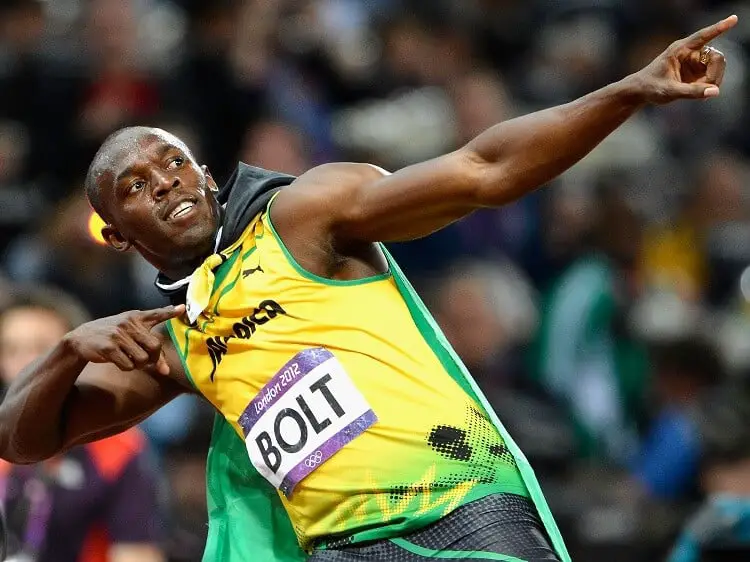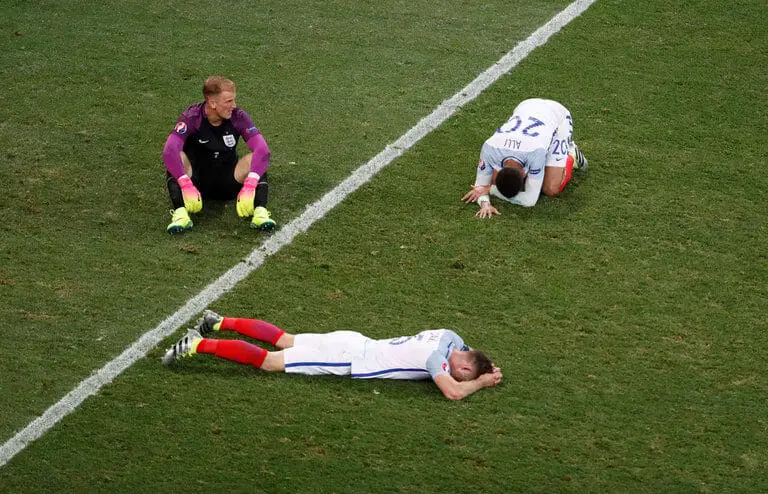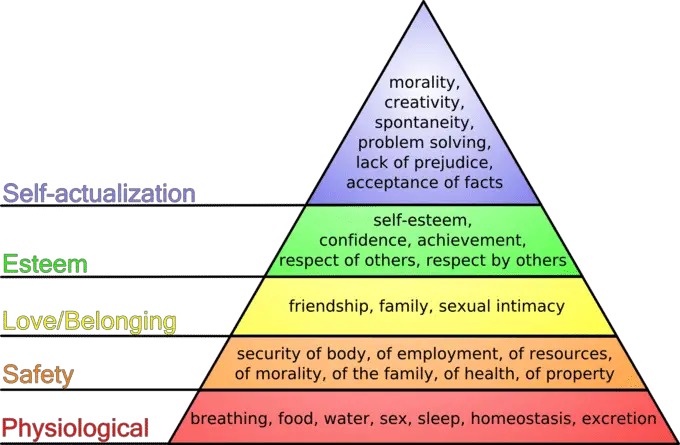Table of Contents
Motivating others or even oneself is not as easy as giving a pep talk. Those who want to motivate themselves or others need to spend some time learning about the various psychological theories. Then, they need to apply those theories in their lives to reap the benefits and stay motivated toward living their best life. Continue reading to learn about four motivational theories that can provide a better sports comprehension and performance.

*This post may contain affiliate links. As an Amazon Associate we earn from qualifying purchases.
What Are Motivational Theories?
Motivational theories are concepts based on what causes individuals to work towards an outcome or goal. Each theory helps describe human behavior and predict future behaviors. As one learns about motivational theories, he/she notices that they usually specify whether motivation is intrinsic or extrinsic.
Intrinsic refers to motivation that comes from within. Confident people tend to have high levels of intrinsic motivation. Extrinsic motivation, in contrast, deals with external factors. Individuals who are extrinsically motivated are driven by the reward of the activity. Most people experience both kinds of motivation, and both can be effectively used in sports.
4 Motivational Theories and Their Use in Sports
1. Cognitive Dissonance Theory
An understanding of cognitive dissonance theory leads to a better understanding of how to handle losses and other issues in sports. Cognitive dissonance is the discomfort a person feels when faced with conflicting beliefs, attitudes, or behaviors. For example, if a football team thinks they’re better than their next opponent but lose the game, they’ll experience cognitive dissonance. What happened, them losing the game, conflicts with their belief that they are better.
In order to relieve the discomfort of cognitive dissonance, people alter one of their beliefs, attitudes, or behaviors. When done correctly, this can actually be beneficial for a person. It can push them to become a better player. Using the same football example, the football team could rationalize that they lost the game through a series of mistakes. They could then improve themselves by practicing what they made mistakes in. One could have the opposite belief, that they weren’t as good as they thought they were, and still use cognitive dissonance theory to their advantage. If they rationalize that the reason they lost was because the other team was actually better, then they can make the determination to practice harder and avoid overconfidence in the next game.

2. Need Achievement Theory
Need achievement theory analyzes why some individuals are more motivated than others to achieve. Coaches and athletes can use insights from need achievement theory to increase their motivation. This theory states that a person is either motivated to achieve success or avoid failure.
As explained on Open Learn, “This theory is described as an approach-avoidance model because an individual will be motivated either (a) to take part in (approach) or (b) to withdraw from (avoid) a situation, based on the strength of the two forces in relation to each other.” When a person’s fear of failure is stronger than their desire to succeed, they avoid or withdraw from the task. Someone who’s low in intrinsic motivation can be motivated through a higher probability of success and a greater reward.
3. Attribution Theory
Attribution theory is based on how a person explains their successes and failures. The attribution is the reason an individual provides for a success or failure. For instance, an athlete who attributes their success to playing well and sticking to a fitness regimen displays an internal locus of control. Attributing it to luck, however, illustrates an external locus of control. While coaching a team, it’s important to guide athletes to an internal locus of control because it empowers them to improve themselves.
At the same time, coaches must also acknowledge that sometimes external factors do play a role in either success or failure. But use that information to develop a plan for improvement. There are usually ways to handle external factors that are negatively impacting one’s performance and results. Attributions that an individual makes are important because they indirectly influence that person’s motivation and self-confidence. Some ways that a coach can use attribution theory to help his players grow are:
- Connect their training to internal factors, such as acknowledging that they practice diligently or work hard.
- Remind them that they are achieving their goals because they worked for it.
- Point out what they’re doing well as they do it.
- Acknowledge the external factors at play when addressing failure, then devise a plan to prevent it from happening again.
4. Maslow’s Hierarchy of Needs

Maslow’s Hierarchy of Needs theorizes that a person’s most basic needs must be met before they can be motivated to achieve higher level needs. The hierarchy consists of five levels. From the bottom level to the highest, these levels are physiological, safety, love/belonging, esteem, self-actualization.
Physiological needs are food, water, and shelter. Esteem involves the need to feel confident and respected. It’s at self-actualization that an individual has the desire to achieve everything they can and be the most they can be. Maslow’s Hierarchy of Needs has been used in business and can be applied to sports too. Jacob Kornhauser translated the hierarchy of needs into a sports hierarchy of needs in an article on Bleacher Report. This hierarchy consisted of basic finances, playing time, establishing themselves, big contract, and championships.
Final Thoughts
Coaches that understand the four motivational theories listed above and implement this knowledge will notice positive changes in their players. Athletes who utilize these motivational theories on themselves will likewise go through beneficial changes in their levels of motivation and performance. At the end of the day, all motivation is self-motivation. It’s especially powerful for athletes to understand how these theories work and affect not only them but their teammates too.
Do these motivational theories make sense? Have you noticed them in play in yourself or others? Share your experiences and thoughts in the comments below.
